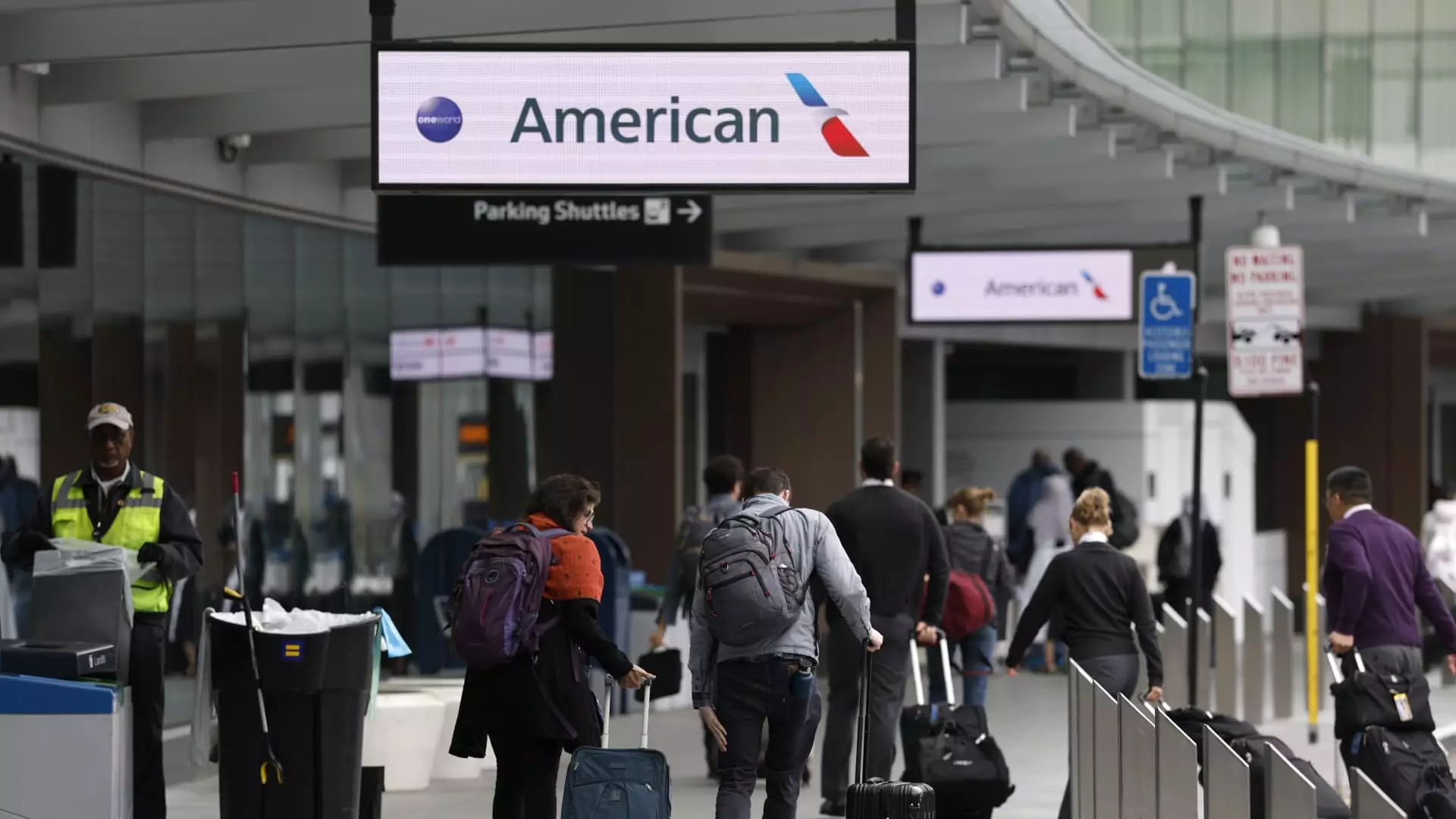The airline industry is currently tangled in a web of uncertainty that suggests a stark reckoning is on the horizon. Passenger traffic, once projected to surge in 2025, has disappointed executives at major carriers, inciting fear of an impending recession. This comes as a shock, particularly when CEOs such as Robert Isom of American Airlines voiced hopes for a prosperous travel season. Instead, they now confront a market that dampens consumer confidence with economic instability looming large over Americans, exacerbated by years of erratic tariff policies instituted during the Trump administration.
Airlines had anticipated steady growth, only to find ticket sales sluggish and capacity flying high, leaving them with a staggering surplus of seats. As CEO of Delta, Ed Bastian observed, the corporate travel segment—a historically reliable revenue stream—has faltered, leading to an urgent necessity for price cuts to fill planes. This is disconcerting not only for executives but also for investors, who often see airline stocks as barometers for the broader economy.
The Corporate Travel Crunch: A Loss in Elite Revenue
Corporate travel represents a juicy slice of profits for airlines. Businesses tend to prioritize efficiency over cost, booking flights last minute—even at higher fare prices. However, current market conditions threaten to starkly undermine this revenue stream. Analysts suggest that when economic uncertainty strikes, companies often slash travel budgets first, leading to diminished bookings for airlines.
The once-promising 10% growth in corporate travel has stagnated, creating a chilling effect on profitability forecasts. This isn’t just a data point; it reflects a cultural shift in how companies navigate financial tightrope walking. The once-ubiquitous travel budgets are dwindling as firms lean toward remote work strategies and cutting out unnecessary expenses. In an age where businesses are tightening their belts amid a volatile economic landscape, the hope for a robust corporate travel rebound appears to be fading fast.
The Pricing Plunge: A Race to the Bottom
With demand faltering, the pressure to reduce fares is palpable. March saw airfare rates dropping significantly—down 5.3% from the previous year. While this may superficially benefit consumers, it hints at deeper disquietude within the industry. If airlines cannot maintain fare levels high enough to cover operational costs, they could find themselves in a precarious financial position.
The brutal truth is that cheap tickets may not stimulate enough demand to make up for lost revenue. CEO of Alaska Airlines, Shane Tackett, has already warned investors about the potential hits to second-quarter earnings as prices falter. Lower fares might fill seats, but they won’t sustain the robust financial profiles airlines once enjoyed.
The Uncertain Future: Hope and Despair in the Skies
Despite the hurdles, there are dual narratives playing out in the airline sector. On one hand, commercial flying remains buoyant; Americans continue to travel internationally, eager to escape the uncertain domestic market. Yet, the specter of economic uncertainty looms over everything, causing apprehension among consumers planning their vacations.
The industry elite, such as Isom, exude an air of cautious optimism, asserting that once certainty returns to the economy, a recovery could follow swiftly. Yet, one must wonder whether this confidence is merely a façade masking deeper structural issues. The economy does not operate in a vacuum; without broader stability and consumer confidence, any “restoration” may simply be an illusion.
As air travel grapples with these reality checks, it becomes evident that the industry’s future is fragile. Airlines must navigate a world where economic factors dictate demand and profitability, flipping the traditional business model on its head. Only time will tell if these carriers can regain their footing in the skies or if they will succumb to an overabundance of seats and dwindling fares, echoing a broader economic sentiment of trepidation for the years ahead.

